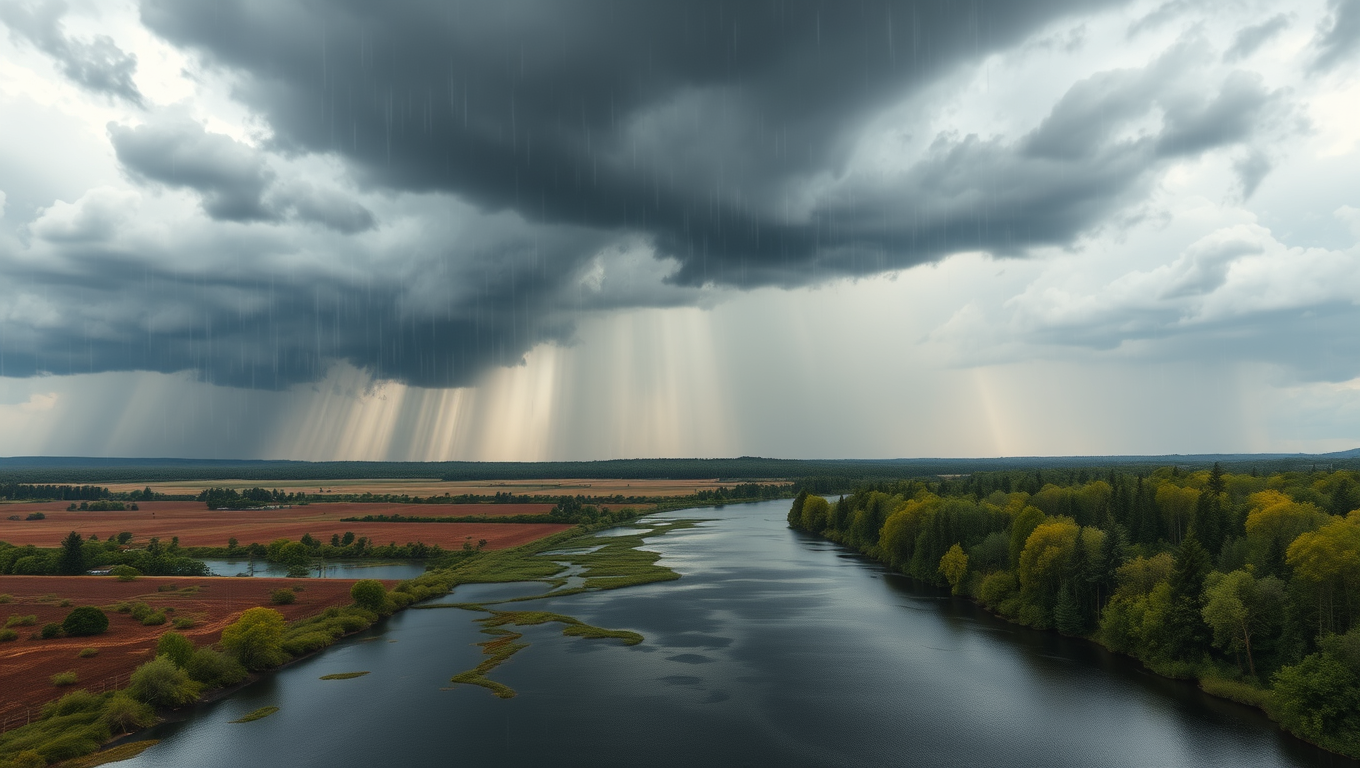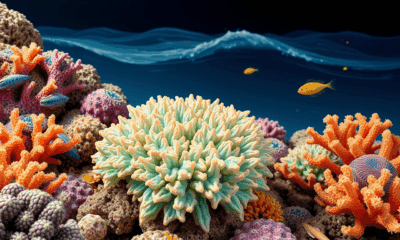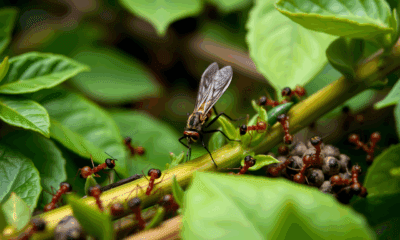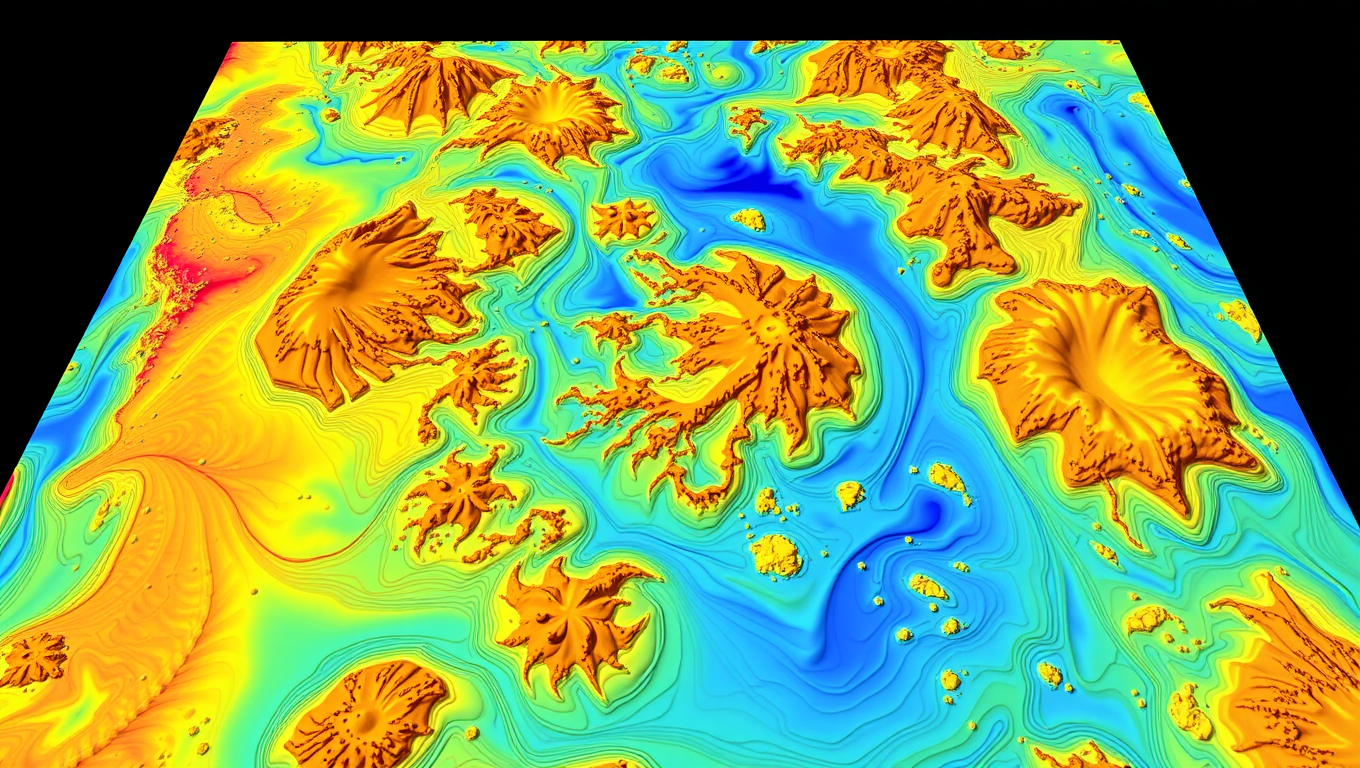While we try to keep things accurate, this content is part of an ongoing experiment and may not always be reliable.
Please double-check important details — we’re not responsible for how the information is used.
Climate
“Rainfall Boosters: How Soil Conditions are Amplifying Megastorms Globally”
Storm forecasting is traditionally based on studying atmospheric conditions but ground-breaking research that also looks at land surface conditions is set to transform early warning systems in tropical regions. This will enable communities to better adapt to the destructive impacts of climate change. The new study has shown that a large contrast in soil moisture levels over a range of hundreds of kilometers results in atmospheric changes that increase rainfall area and amount in several megastorm hotspots globally. This increase ranges from 10 to 30% depending on the region and size of the storm.

Climate
The Ocean’s Fragile Fortresses: Uncovering the Impact of Climate Change on Bryozoans
Mediterranean bryozoans, including the “false coral,” are showing alarming changes in structure and microbiomes under acidification and warming. Field studies at volcanic CO₂ vents reveal that these stressors combined sharply reduce survival, posing risks to marine ecosystems.
Climate
Unraveling Chaotic Ant Wars to Save Coffee: The Complexities of Ecological Systems in Agriculture
In a Puerto Rican coffee farm, researchers uncovered a web of chaotic interactions between three ant species and a predator fly, revealing how shifting dominance patterns make pest management unpredictable. By combining theories of cyclic dominance and predator-mediated coexistence, they showed how ecological forces oscillate and intertwine, creating patterns too complex for simple forecasting. This deep dive into ant behavior underscores both the potential and the challenges of replacing pesticides with ecological methods, as nature’s own “rules” prove to be far from straightforward.
Climate
“Hidden Wonders: Scientists Stunned by Colossal Formations Under the North Sea”
Beneath the North Sea, scientists have uncovered colossal sand formations, dubbed “sinkites,” that have mysteriously sunk into lighter sediments, flipping the usual geological order. Formed millions of years ago by ancient earthquakes or pressure shifts, these giant structures could reshape how we locate oil, gas, and safe carbon storage sites. The discovery not only challenges established geology but also introduces a new partner phenomenon, “floatites,” and sparks debate among experts.
-

 Detectors8 months ago
Detectors8 months agoA New Horizon for Vision: How Gold Nanoparticles May Restore People’s Sight
-

 Earth & Climate9 months ago
Earth & Climate9 months agoRetiring Abroad Can Be Lonely Business
-

 Cancer9 months ago
Cancer9 months agoRevolutionizing Quantum Communication: Direct Connections Between Multiple Processors
-

 Albert Einstein9 months ago
Albert Einstein9 months agoHarnessing Water Waves: A Breakthrough in Controlling Floating Objects
-

 Earth & Climate9 months ago
Earth & Climate9 months agoHousehold Electricity Three Times More Expensive Than Upcoming ‘Eco-Friendly’ Aviation E-Fuels, Study Reveals
-

 Diseases and Conditions9 months ago
Diseases and Conditions9 months agoReducing Falls Among Elderly Women with Polypharmacy through Exercise Intervention
-

 Chemistry8 months ago
Chemistry8 months ago“Unveiling Hidden Patterns: A New Twist on Interference Phenomena”
-

 Agriculture and Food9 months ago
Agriculture and Food9 months ago“A Sustainable Solution: Researchers Create Hybrid Cheese with 25% Pea Protein”





























